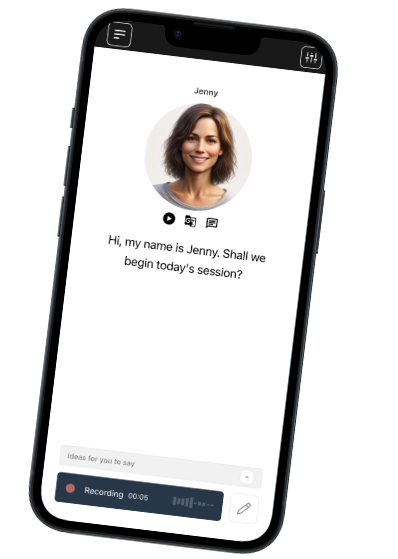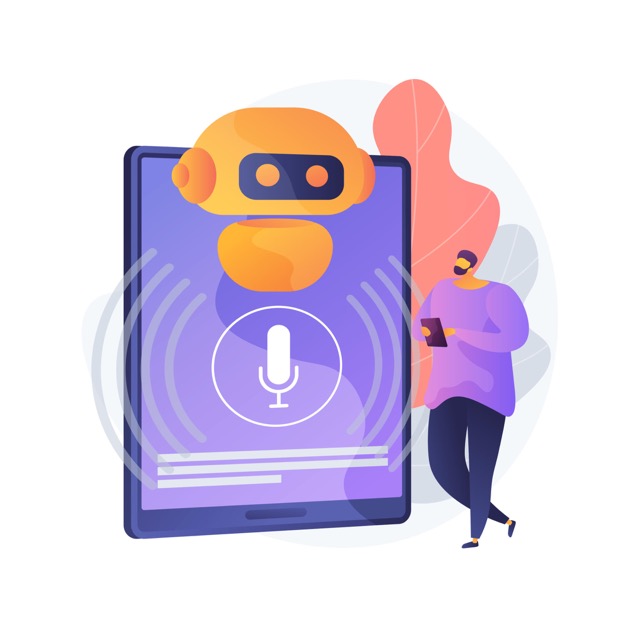Founded in Denmark. We respect your privacy.
Join a worldwide community of language learners
Can You Really Think in Another Language? What Science Reveals About Switching Your Inner Voice
Last updated on
When people talk about becoming fluent, one common phrase emerges: “You have to start thinking in your target language.” But is this really possible? And if so, what does it actually mean to switch the voice inside your own head? For many language learners, the moment you catch yourself “thinking” without translating feels like a superpower—the sign you’ve crossed some invisible threshold. But the science of inner speech, bilingual cognition, and language acquisition tells a more complex (and fascinating) story.
First, let’s define “thinking in a language.” Are we talking about forming full sentences in your mind as you go shopping, solving problems at work, or chatting in a dream? Or is it more subtle—grasping an idea, feeling a word before you say it, or simply reacting without mentally flipping back to your native tongue? Researchers in cognitive science and linguistics have explored this, and the answer points to a spectrum rather than a switch. There’s also a surprise twist about who finds it easiest to think bilingually and why—more on that at the end!
What Actually Happens Inside Your Head?
Inner speech is the voice we “hear” when silently reading or talking to ourselves. For bilinguals and multilinguals, studies show that the language of inner speech can shift depending on context, environment, and even emotional state. For example, someone raised bilingual may mentally calculate numbers in the language they learned math, but dream or express anger in the language closest to their family or culture. Experiments reported in Cambridge English research suggest that the “inner voice” is incredibly dynamic, shaped by exposure, proficiency, and the domains in which you use each language.
How Do Learners Make the Leap?
For beginner and intermediate learners, thinking in the target language usually starts with isolated words and formulaic phrases. Over time, as vocabulary and grammar improve, these fragments become connected into simple thoughts—“bread… need two… store”—without conscious translation. Instead of laboriously building sentences in the first language and porting them across, the brain forms direct associations between words and meaning. This “direct access” is the real milestone. Tools such as Talkio’s Spanish practice modules can accelerate this process by simulating everyday scenarios and prompting learners to react naturally instead of rehearsing translations.
A key factor is immersion—true or simulated. Researchers at NPR and major education centers highlight the importance of regular, meaningful input and “output pressure” (the need to respond quickly). Practicing through real conversation, voice interaction, or AI-driven dialogue (like Talkio’s role-play features) builds the cognitive pathways necessary for spontaneous inner speech. This is especially helpful for those who don’t have easy access to immersion in everyday life.
Is Native-Like Inner Speech Possible?
For most adults, some “mental translation” persists for a long time, especially with abstract ideas or emotional topics. But studies referenced by scholar.google.com have found that high-proficiency users (even those who started learning as adults) can develop the ability to think in the new language during specific tasks, like reading, planning, or creative writing. Interestingly, the brain appears to “code-switch”—shift between languages unconsciously—based on cues and triggers, a skill explored in depth in our explainer on code-switching.
Still, total replacement of a native inner voice is rare, and may not even be desirable. Many successful polyglots use strategic switching, choosing the best language for the situation, emotion, or problem at hand. In fact, the ability to do this is associated with greater cognitive flexibility—and may have surprising benefits for memory and creativity (see the research on bilingual advantage).
The Big Reveal: Who Learns to “Think” Fastest?
Here’s that insight we hinted at: It turns out, being comfortable with making mistakes is a stronger predictor of learning to think in another language than grammar skill or vocabulary size. Learners who embrace imperfection, take conversational risks, and practice “messy” speaking—even in their own heads—make far faster progress in switching their inner voice. In other words, the real secret to thinking in a new language isn’t perfection. It’s giving yourself permission to think freely, experiment, and build new habits through consistent, real-time practice—something platforms like Talkio’s English program are designed to encourage!
Talk Your Way
to Fluency

Talkio is the ultimate language training app that uses AI technology to help you improve your oral language skills!
Try Talkio


